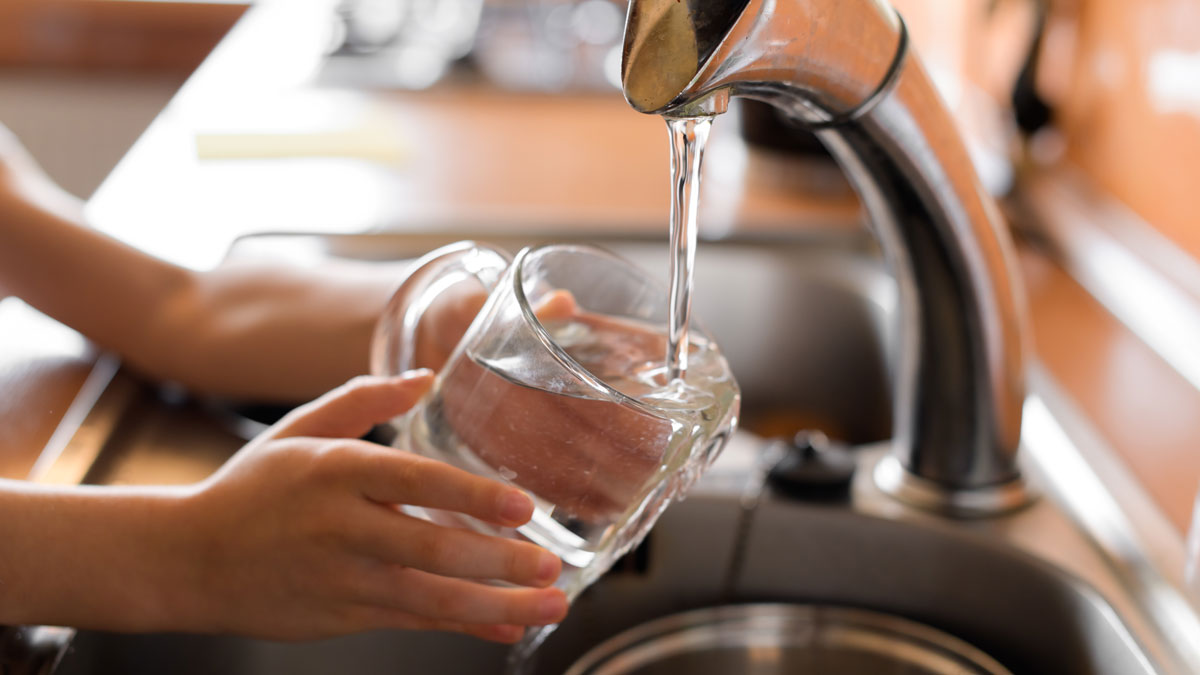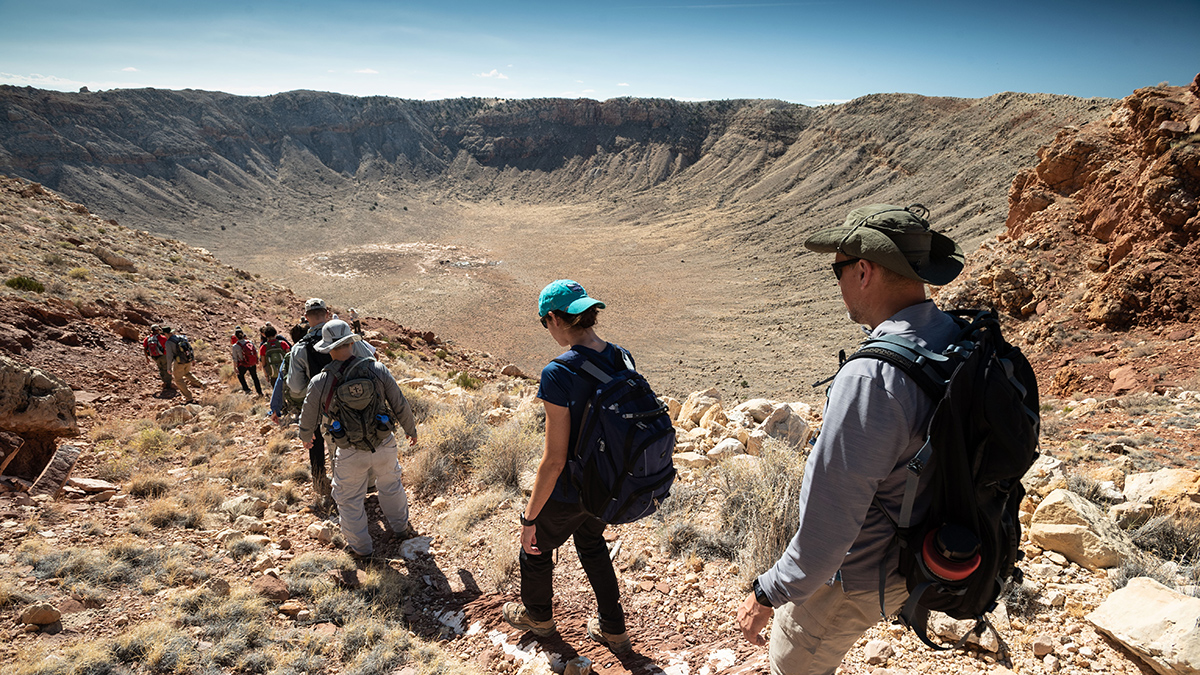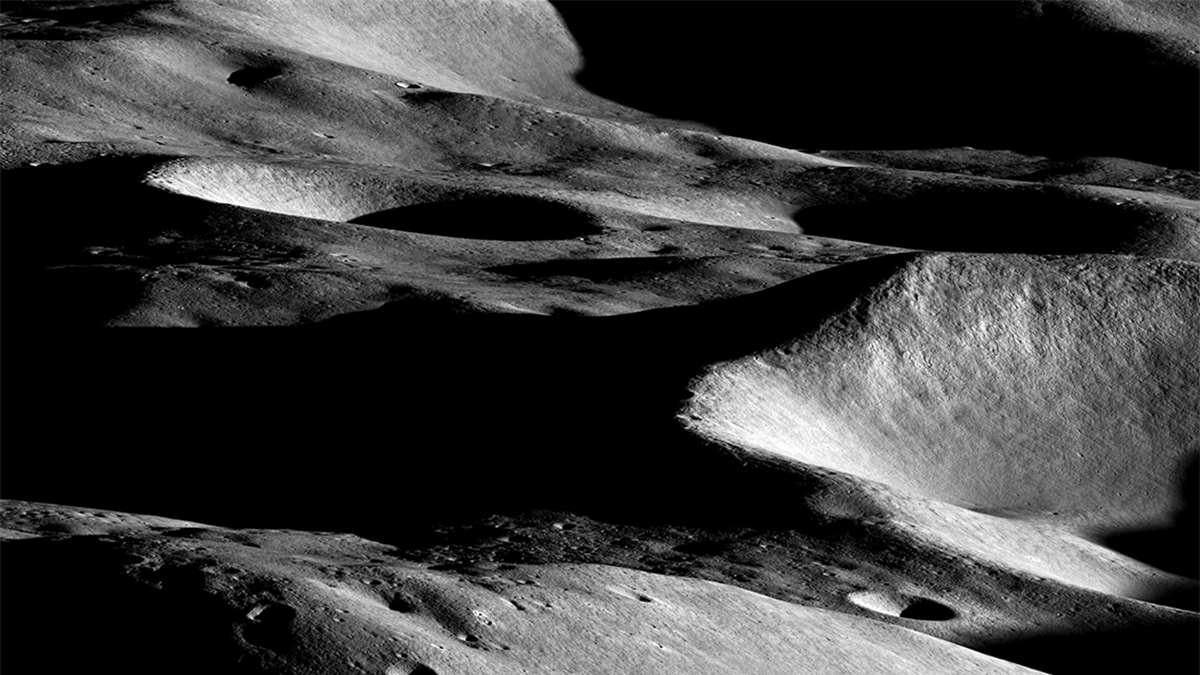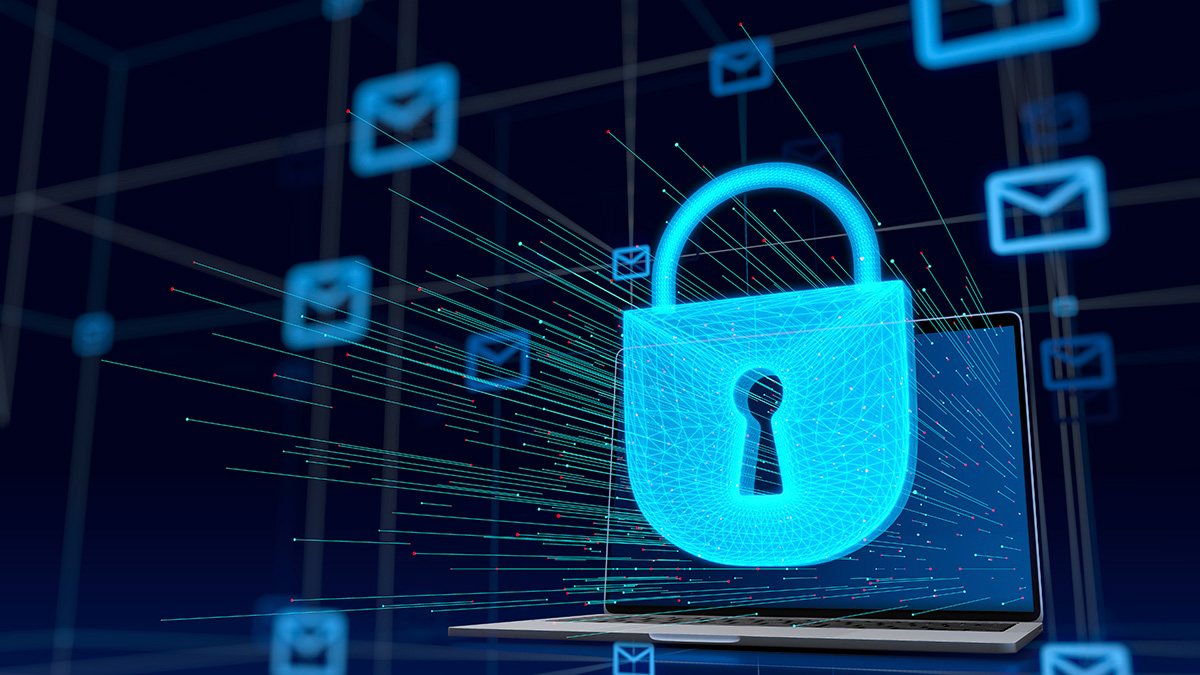The Mine Safety and Health Administration (MSHA), which works to protect U.S. miners from injury, illness, and death on the job, is among the latest federal agencies targeted for cuts by the Department of Government Efficiency (DOGE).
safety
Home Foundations Are Crumbling. This Mineral Is to Blame.
Pyrrhotite causes cracks in concrete. But research on how widespread the issue might be has only scratched the surface.
Water Testing Builds Trust in Science as Maui Communities Recover
Following fires that ravaged the island in 2023, researchers educated residents about how wildfires affect water quality, and gathered data to determine how wildfire impacts change over time.
U.S. Earthquake Early Warning System Gets a Major Upgrade
Satellite capabilities will improve the accuracy of ShakeAlert earthquake magnitude measurements.
Saving the Planet with Radar Astronomy
Once the largest telescope in the world, Arecibo kept watch for dangerous asteroids using radar. With it gone, the world is preparing the next generation of radar observatories.
The Art of Doing Fieldwork on the Moon
How early-career planetary scientists are preparing to support the astronauts who will return to the lunar surface and beyond.
Cold Fog Is Capricious, but Not for Long
New observations of cold fog formation could eventually improve forecasting.
Mapping the Moon to Shield Astronauts from Radiation
Scientists are charting landing spots that offer future lunar astronauts protection from the Sun and deep space.
Ocean Vessels May Trigger Lightning Strikes
Previous research indicated aerosols in ship exhaust could enhance lightning. New research indicates the ships themselves may be to blame as well.
How Scientists Can Safeguard Themselves Online
Scientists are always at risk of digital harassment by bad actors looking to undermine scientific credibility and progress, but there are protective steps they can take.










